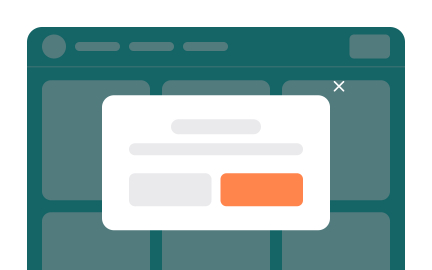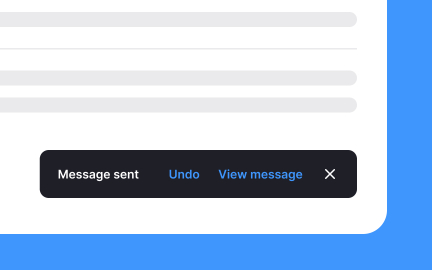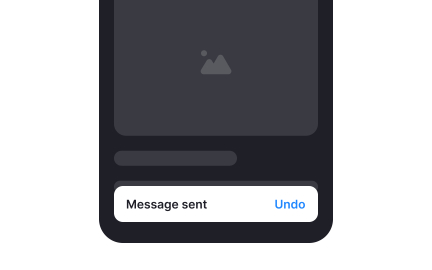Notifications
Notifications are brief messages or alerts that inform users about specific events, updates, or actions within a system or application. They are used to grab users' attention and provide timely information or feedback. Notifications can take various forms, such as pop-up messages, banners, badges, or sounds, and can be displayed on different devices, including mobile devices, desktops, or web applications.

Notifications in user interfaces refer to alerts or messages that provide users with important information, updates, or prompts. They typically appear as pop-ups, banners, or other visual cues to grab the user's attention and convey relevant and timely information.
Notifications are used in design to serve various purposes, including:
- Informational updates: Notifications can be used to inform users about new messages, system updates, or important events. They help keep users informed and up-to-date with relevant information.
- User interactions and feedback: Notifications can provide feedback or confirmation for user actions, such as successfully completing a form submission or saving changes. They reassure users that their actions were processed or provide guidance on next steps.
- Reminders and alerts: Notifications can serve as reminders for upcoming events, deadlines, or important tasks. They can alert users to take action, follow up, or pay attention to time-sensitive matters.
When designing notifications for mobile devices, it's important to consider the following:
- Size and legibility: Optimize the size and legibility of notifications for smaller screens. Use appropriately sized typography, icons, and visuals to ensure that notifications are easily readable and visually appealing on mobile devices.
- Interruption and user control: Respect users' preferences and allow them to control the frequency and types of notifications they receive. Provide options to mute or disable notifications during specific hours or activities to avoid interrupting users unnecessarily.
- Contextual relevance: Leverage mobile-specific features like geolocation or time-based triggers to deliver notifications that are contextually relevant to the user's location or current situation. This ensures that notifications provide timely and valuable information.
For more insights on designing notifications, check out our Intro to Notifications and Notifications Best Practices lessons.
Recommended resources
Courses

Common Design Patterns

UX Design Foundations

Design Terminology
Lessons
Projects

Wanees | Social Media App

Cosmic Beauty - Notifications














